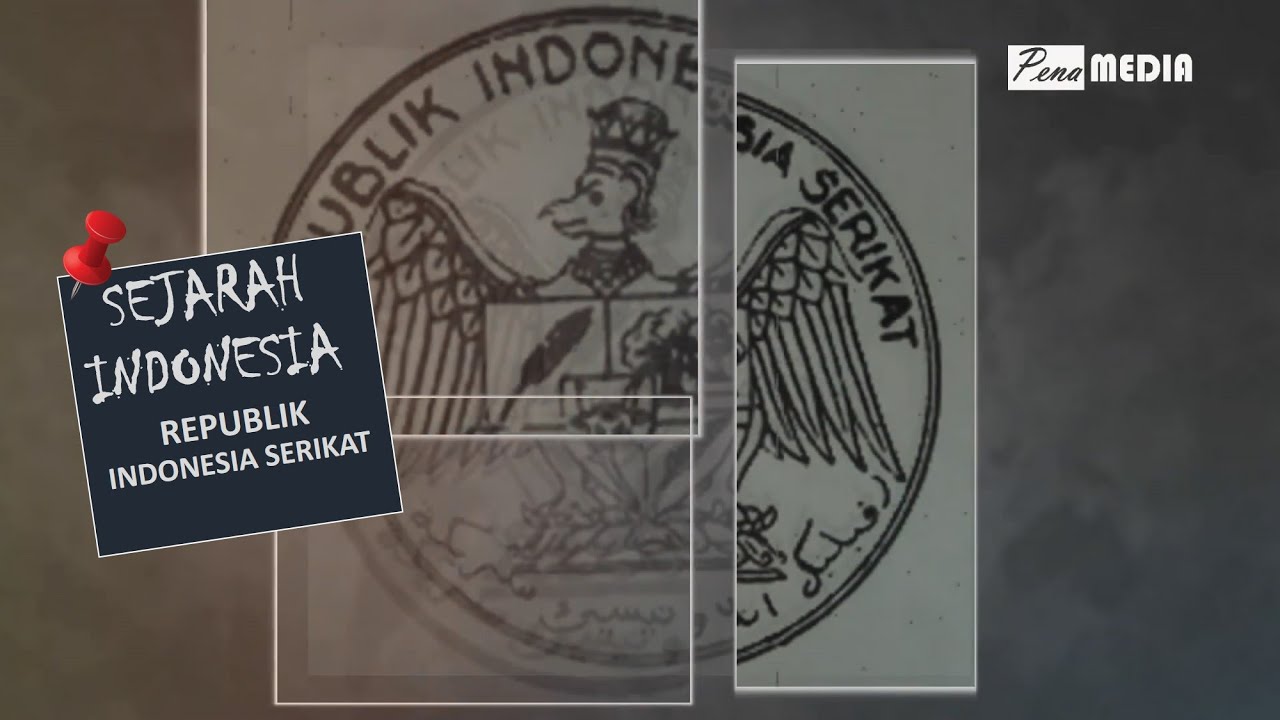VIDEO PEMBELAJARAN PPKN KELAS 8 TENTANG BENTUK DAN KEDAULATAN NEGARA (KURIKULUM MERDEKA BELAJAR)
Summary
TLDRThis educational video discusses the political structure of Indonesia, focusing on its transition from monarchy to a unitary republic. It outlines the distinctions between unitary and federal states, emphasizing the importance of sovereignty as vested in the people through the MPR. The video highlights Indonesia's commitment to the rule of law and explores various forms of republics, including absolute, constitutional, and parliamentary systems. Finally, it underscores the significance of Pancasila as the foundation of Indonesian governance, aiming to enhance viewers' understanding of their nation's political framework.
Takeaways
- 👑 The transition in the British monarchy due to Queen Elizabeth's passing highlights the importance of monarchy in political systems.
- 🇮🇩 Indonesia is defined as a Unitary State based on Article 1 of the 1945 Constitution, distinguishing it from federal states.
- 🔄 Indonesia's historical shifts in governance include a brief federal period from 1949 to 1950 before returning to a unitary state.
- 🏛️ There are two forms of governance in a unitary state: centralized (direct control by the central government) and decentralized (local governance autonomy).
- 📜 The Republic of Indonesia is characterized by a government representing the people's interests, as outlined in the 1945 Constitution.
- 🗳️ Different types of republics include absolute republics (e.g., North Korea), constitutional republics (e.g., Indonesia), and parliamentary republics (e.g., Singapore).
- 👑 Monarchies can be hereditary, where leadership is passed down by lineage, or elective, where leaders are chosen through a voting process.
- ⚖️ Indonesia is committed to the rule of law, emphasizing the supremacy of law, equality before the law, and a foundation based on Pancasila.
- 🗣️ Sovereignty in Indonesia is vested in the people, as stated in the amended 1945 Constitution, which emphasizes public participation in governance.
- 📚 Understanding the forms of government and sovereignty in Indonesia is crucial for civic awareness and can be applied in everyday life.
Q & A
What triggered the discussion about the monarchy in the video?
-The discussion was triggered by the death of Queen Elizabeth, which indicated that a succession would take place in the British monarchy.
What is the definition of a unitary state as explained in the video?
-A unitary state, referred to as 'negara kesatuan', is a single government structure where a central authority governs the entire country, as defined by the Indonesian Constitution of 1945.
What are the two types of state structures mentioned?
-The two types of state structures are unitary states and federal states (or serikat).
How does Indonesia's government system change over time according to the video?
-Indonesia's government system transitioned from a unitary state to a federal state between 1949 and 1950 and then reverted back to a unitary state from 1950 to the present.
What are the two systems of governance mentioned for unitary states?
-The two systems of governance for unitary states are centralization, where the central government has direct control, and decentralization, where local governments have the authority to manage their own affairs.
What does the term 'republic' mean as used in the context of Indonesia?
-In the context of Indonesia, a republic is a form of government where the authority comes from the people and is represented by elected officials, primarily a president.
What distinguishes an absolute republic from a constitutional republic?
-In an absolute republic, the president holds unlimited power, whereas in a constitutional republic, the president's power is restricted by a constitution and the parliament has oversight.
What role does Pancasila play in Indonesia's legal system?
-Pancasila serves as the foundational philosophy for Indonesia's legal system, guiding the principles of justice, equality, and governance in the country.
How is sovereignty defined in the Indonesian context?
-Sovereignty in Indonesia is defined as being in the hands of the people, as stated in Article 1, Paragraph 2 of the 1945 Constitution, which emphasizes the role of the Majelis Permusyawaratan Rakyat (MPR) in representing the people's interests.
What is the significance of the 3M principle mentioned in the video?
-The 3M principle—respect, assist, and maintain—emphasizes the importance of collective efforts in preserving the integrity of the Republic of Indonesia.
Outlines

このセクションは有料ユーザー限定です。 アクセスするには、アップグレードをお願いします。
今すぐアップグレードMindmap

このセクションは有料ユーザー限定です。 アクセスするには、アップグレードをお願いします。
今すぐアップグレードKeywords

このセクションは有料ユーザー限定です。 アクセスするには、アップグレードをお願いします。
今すぐアップグレードHighlights

このセクションは有料ユーザー限定です。 アクセスするには、アップグレードをお願いします。
今すぐアップグレードTranscripts

このセクションは有料ユーザー限定です。 アクセスするには、アップグレードをお願いします。
今すぐアップグレード関連動画をさらに表示

PEMBAHASAN SOAL SEJARAH - MATERI MASA DEMOKRASI LIBERAL - PERSIAPAN UTBK SBMPTN DAN SIMAK UI

NKRI Apa itu? | Negara Kesatuan Republik Indonesia

Materi IPS Kelas 9 Bab 4: Perkembangan Politik Indonesia Pada Masa Kemerdekaan

PEMBENTUKAN RIS & KEMBALI KE NKRI | KELOMPOK 10

Demokrasi Liberal di Indonesia | Sistem Parlementer | #sejarahindonesia #demokrasi

Sejarah Republik Indonesia Serikat
5.0 / 5 (0 votes)
